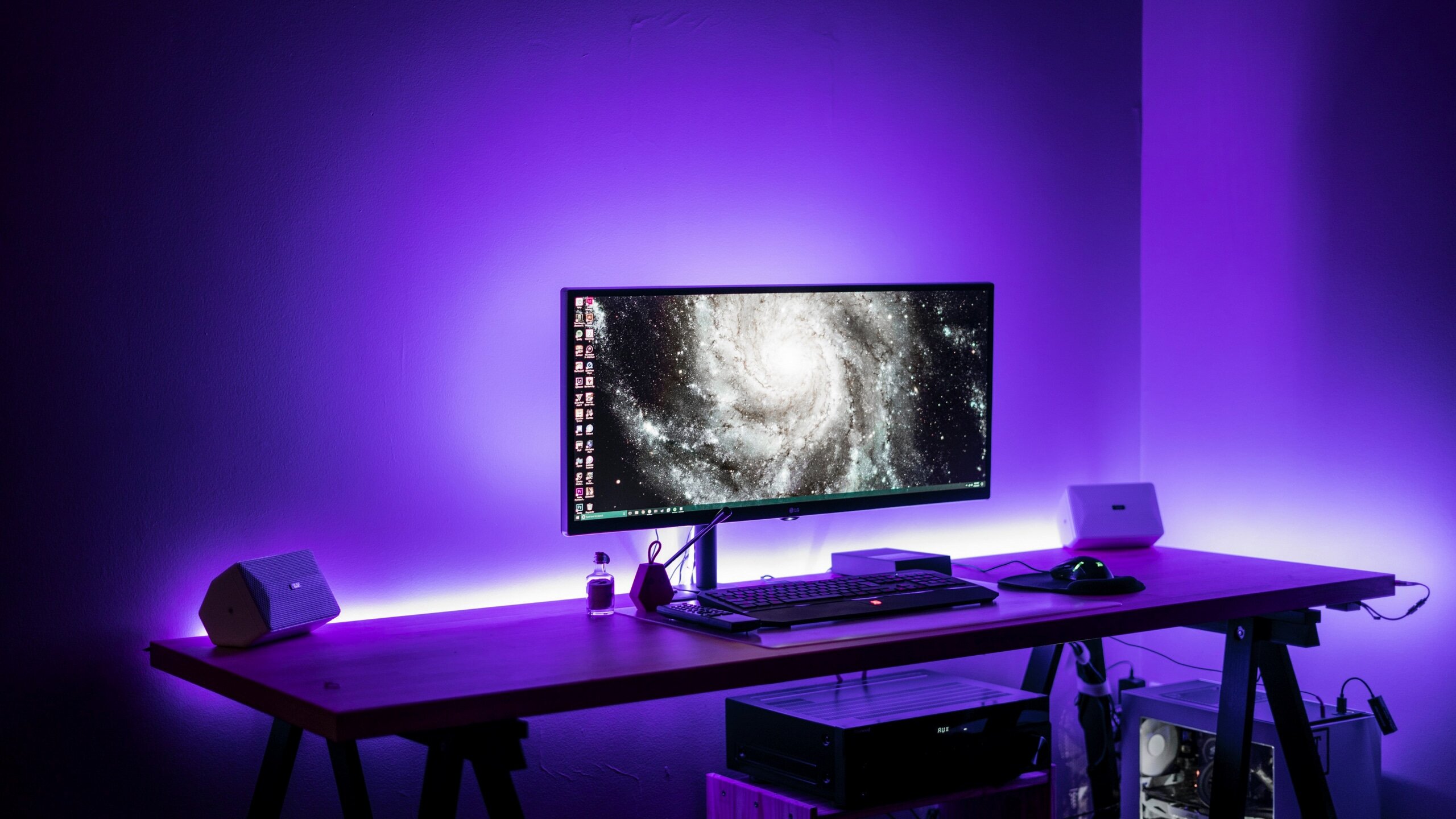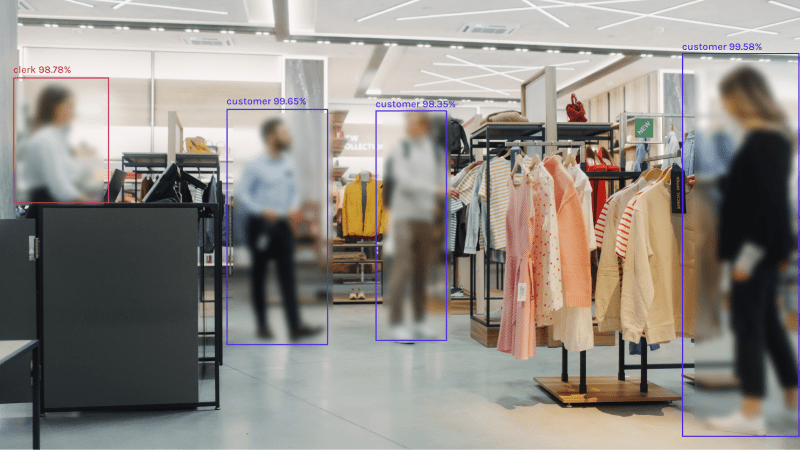Everything You Need to Know About 144 Hz Gaming Monitors

The evolution of gaming monitors has been quite remarkable over the last decade. Among the numerous advancements, 144 Hz gaming monitors stand out as a critical development for both competitive and casual gamers.
A gaming monitors with a 144 Hz refresh rate updates the image on screen 144 times per second to offer smoother motion and sharper visuals compared to the standard 60 Hz displays.
In this article, let’s dive deep into everything you need to know about these monitors.
Understanding 144 Hz Technology
A monitor with a refresh rate of 144 times per second is known as a 144 hz monitors. In fast-paced visual settings, this high refresh rate can greatly reduce motion blur and enable smoother transitions. It’s particularly helpful in fast-paced video games where reaction times are critical.
Benefits of Higher Refresh Rates
One of the main advantages of having a higher refresh rate is motion efficiency. This is especially apparent in fast-action game genres such as racing, sports, first-person shooters, and others. A higher refresh rate not only results in better action but also in less input lag or the time it takes for commands to appear on the screen after they are input.
How the refresh rate affects gaming performance
In games, the smoother motion produced by 144 Hz monitors enables more accurate and prompt reactions. The entire gaming experience feels more responsive, and tracking moving things is made easier. These milliseconds can mean the difference between winning and losing in competitive gaming.
Choosing the Right 144 Hz Monitor
Choosing the right 144 Hz monitor involves considering several factors to match your gaming needs and hardware capabilities. It includes considering appropriate factors, knowing and selecting panel types, and setting up a proper budget for the same.
Factors to consider
It is crucial to check the screen size, resolution, and panel type when purchasing a 144 Hz monitor. The ideal range between the monitor’s size and viewing distance is individual taste. The typical size range is between 24 and 27 inches. A higher-resolution monitor will show a sharper, more detailed image; therefore, resolution is also very important. Response times, viewing angles, and color fidelity are all impacted by panel type.
Panel Types Explained
IPS (In-Plane Switching), VA (Vertical Alignment), and TN (Twisted Nematic) are the three primary panel types found in monitors. Although TN panels are typically less expensive and have the fastest response speeds, their viewing angles and color fidelity are inferior. Although IPS panels often have higher reaction times and costs, they do offer superior color reproduction and viewing angles. VA panels offer higher contrast ratios but may exhibit ghosting in images with a high frame rate.
Budgeting for a 144 Hz Monitor
144-Hz monitor costs vary greatly depending on features and specifications. High-end devices with extra features like QHD or 4K resolution, G-Sync, or FreeSync support can cost more than $500, while basic models can start at about $200. It’s critical to strike a balance between the features that are essential for your gaming needs and your budget.
Technical Considerations and Setup
When setting up a 144 Hz gaming monitor, several technical considerations must be addressed to ensure optimal performance. It includes ensuring compatibility with graphics cards, proper setup, and troubleshooting as well.
Ensuring Compatibility with Your Graphics Card
Your graphics card must be able to run games at a high enough frame rate to match the refresh rate of the monitor to take advantage of a 144 Hz display. This is important since you won’t be able to take full advantage of your monitor’s 144 Hz resolution if your GPU can only produce 60 frames per second.
Setting Up Your Monitor for Optimal Performance
Once you have the appropriate hardware, it’s crucial to properly configure your monitor. This entails altering the resolution and refresh rate settings on the monitor in your operating system. It’s also advised to adjust the brightness and color calibration of your display for the best viewing experience.
Troubleshooting Common Issues
144 Hz monitors frequently experience flickering, stuttering, and screen tearing. When portions of several frames are displayed on the monitor at once, screen tearing happens. By turning on V-Sync or getting a monitor with G-Sync or FreeSync, this can be lessened. Changing the monitor’s settings or installing new graphics drivers can frequently fix stuttering and flickering.




